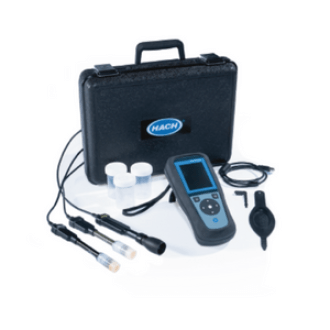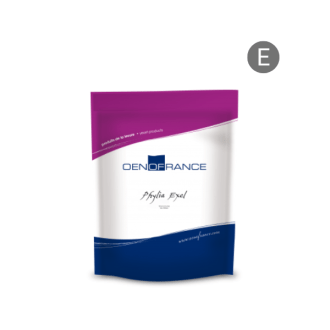Bottling
We come to another key moment: it’s time to bottle our idea.
One of the words that resonates most on this point is longevity.
This is our hope that the wine will retain the quality expected by the customer for as long as possible. This is the time for the small, although decisive, details.
Dissolved oxygen
Today, with the level of knowledge that we accumulate from all those reactions in which O2 plays an important role, we are clear that the management of this element in the winery is essential to be successful in obtaining the target wine profile, since, as a general rule, the presence of oxygen in the wine is often potentially related to the appearance of alterations.
We could consider bottling as the most delicate moment of the process in terms of oxygen management. And, at this point, there is no possibility of applying corrective measures once the product is packaged.
We must bear in mind that 1 mg/L of O2dissolved in a white or rosé wine will cause the loss by oxidation of 4 to 5 mg/l of free sulfur. Therefore, the recommendation is to bott;e at levels of 0.2-0.5 mg/L of dissolved O2and that, in addition, the oxygen supplied during this operation does not exceed 0.5 mg/L.
Redox potential
In the same way that the measurement of pH requires a complementary measure of a quantitative nature (total acidity), the redox potential is complemented by the measurement of dissolved oxygen to be able to form a global idea of the oxide-reduction state of a wine.
A single measurement of the redox potential of a wine will not provide us with much information about its trend However, regular measurement of the EH will inform us very precisely about the evolution of our wine and will help us to make decisions throughout the process and, especially, at the time of bottling.
Structure-fat balance
We have carried out meticulous work on the premise of anticipating the problem and, nevertheless, we can get to this point and have wines with deficiencies even with imbalances in the mouth (lack of sweetness or fat, empty center of the palate, little persistence, etc) that require actions to balance them.
Current trends in wine profiles have evolved into aromatically intense, sweet and harmonious wines. For this reason, parameters such as persistence come into play, which prolongs the memory of the wine and invites us to continue enjoying it, and longevity, so that it reaches the consumer at its optimum moment of enjoyment.
Science gives us different tools that allow us to face these eventualities and adjust small imbalances just before bottling.

